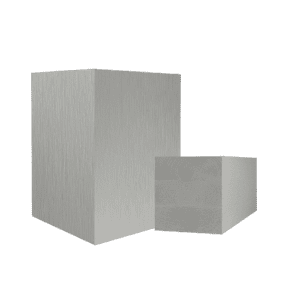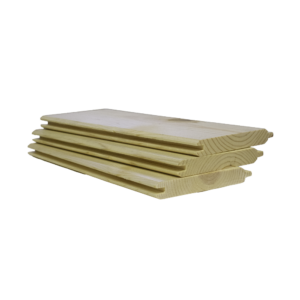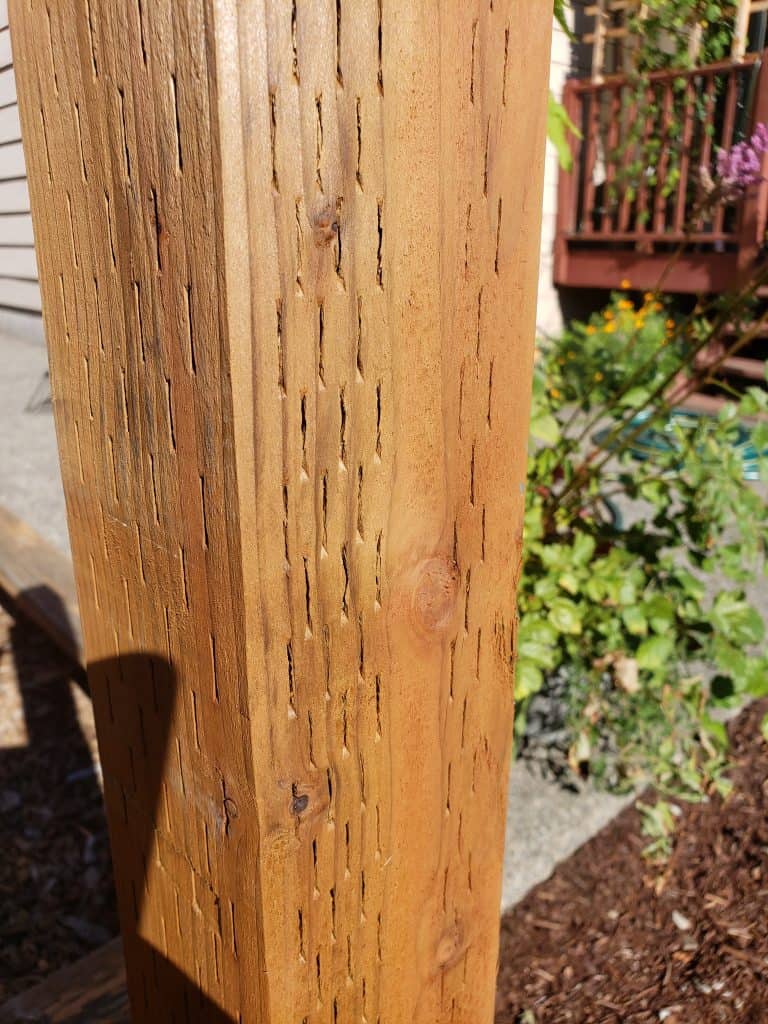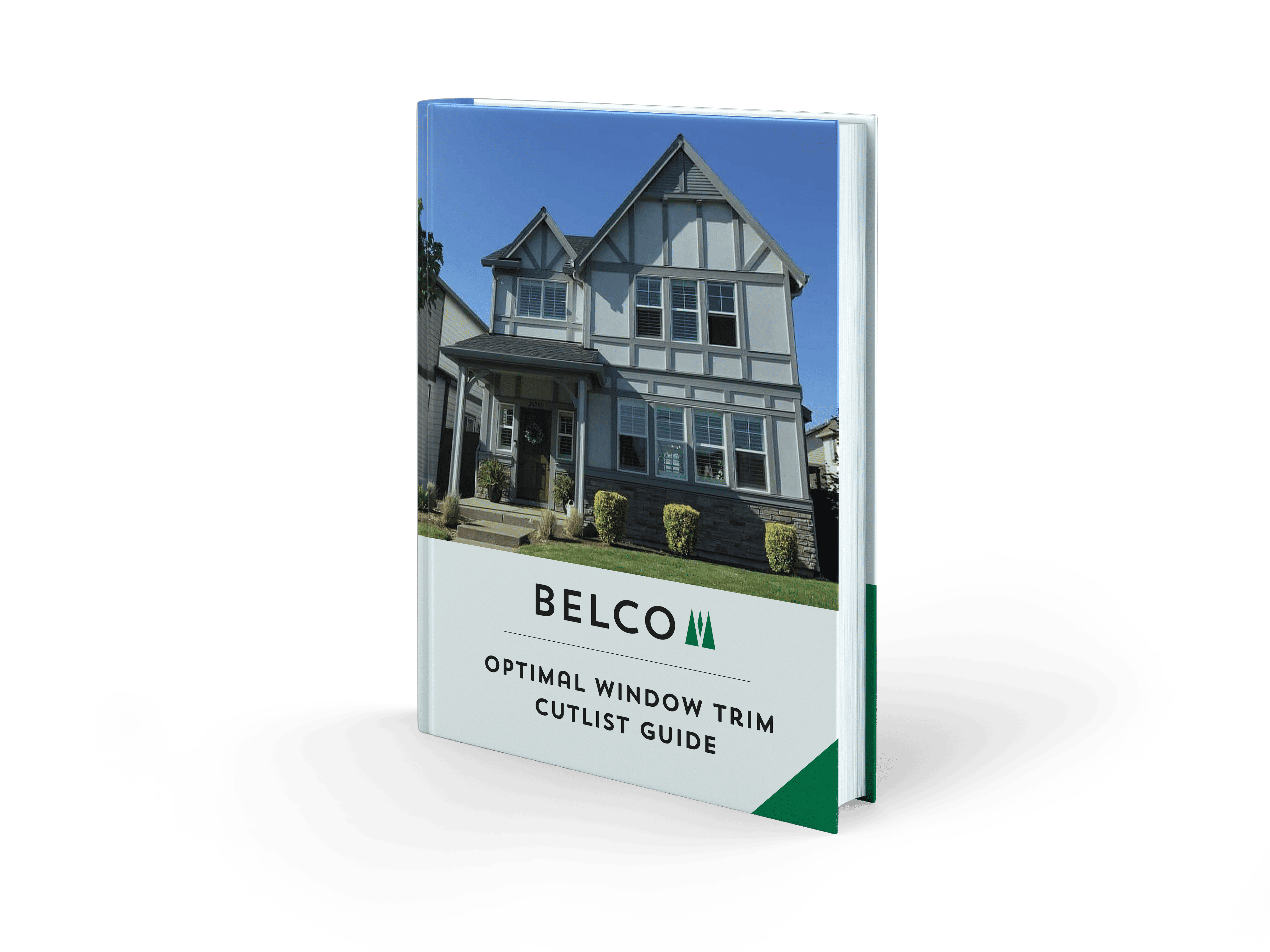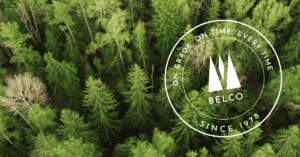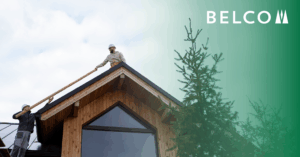Exterior trim plays an integral role to the beauty and curb appeal of every home. It frames windows and doors, creates transitions between colors, materials, and styles of siding. Also it helps create a finished appearance for the home, covering ends and terminating rows. Problems with pressure treated trim affect the curb appeal and beauty of your home’s exterior.
Most builders want to use a attractive, easy-to-install material. Additionally, the material will hold up long term for their clients. Additionally, the exterior trim is important the appearance of a home.
Costs of cedar are growing. Cedar is one of the most common trim materials due to its natural ability to resist moisture and insects. Many builders have begun to use pressure-treated lumber instead. Unfortunately, pressure-treated wood has a variety of inherent issues. As a result, pressure treated lumber is often the one of the worst appearance materials for the job.
1. Cracking and Splitting
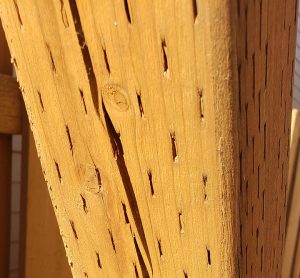
Pressure treated wood is made by forcing chemical preservatives into the wood fiber. This happens through soaking the wood material in a chemical solution. Then the wood undergoing high pressure force. This changes the way the wood performs, including when it gets wet. Pressure treated wood can still absorb and release moisture. But in doing so, it is much more likely to split, crack, and develop other surface issues over time.
The pressure treatment won’t impact the way the trim functions. But, the treatment will detract from its appearance. This problem with pressure treated trim is common. It is one that affects appearance and performance.
Given that trim is an important part of a home’s curb appeal, cracking and splitting trim, can be a serious detriment. In order to help the trim look its best long-term, homeowners will need to work harder to maintain it. Which in turn can result in problem late requiring builder callback to fix.
2. Cupping and Warping
Movement is another issue that pressure-treated wood trim may have over time. This wood fiber movement comes in the form of cupping, bowing, and twisting which warps the wood. Warping is another issue that can develop with pressure-treated wood trim after it’s been exposed to moisture regularly.
The wood not only cracks and splits, it also bends. These sections of trim pulling or lifting away from the home. While others sections shift sideways. This can be subtle or dramatic, depending on the wood. Once movement occurs, there isn’t a lot that can be done to correct the trim short of replacing it.
3. Corroding of Non-Galvanized Metal
Forms of arsenic were removed from pressure treated wood in the mid-90s. The replacement chemicals among others is chromated copper arsenate. This chemical was considered to be safer than arsenic forms. But it reacts badly with non-galvanized metals, causing them to heavily corrode. This includes things like screws, nails, brackets, some flashing, and even things like gutters, downspouts, and hangers.
It is easy to use galvanized metal for all of these areas. Additionally, it is important to know about the corroding issue and that the trim in question is pressure treated wood. Assuming otherwise may mean that the wrong fasteners are used. Resulting in the metal corroding, coming loose from the wood, and discoloring the trim finish.
4. Not Designed for Finish Work
Pressure treated wood is not meant to be used on finish surfaces. The chemicals used to help the wood resist rot often leave behind a greenish tone on the wood. To use it on trim, you will need to prime the wood first, and then paint it. While this isn’t a major obstacle, it does add time and expense to the project. This means the costs need to get passed onto the homeowner. And with its tendency to split, pressure treated wood can also sometimes need patching and filling. Creating even more hassles for the installer before it can be primed.
5. Chemical Leaching
The chemicals that are used to create pressure-treated wood have been found to leach into soil, plants, and more. Possibly affecting ground water, and any landscaping nearby. New chemical compounds used in pressure treated wood are not considered to be as hazardous as the earlier compounds. But the heavier treatment can and does leave some concern in the environment where it’s installed unless environmentally safe. Many homeowners have begun to educate themselves on green building materials. Many may not wish to have highly chemical saturated pressure-treated lumber installed on their homes.
Selecting a Better Alternative
A better alternative, is preservative-treated wood like XT Trim produced by Belco Forest Products. This unique material is given a non-toxic topical treatment that helps the wood resist moisture and insect activity. This material works without the issues of pressure-treated lumber. It’s attractive, easy to work with, and Belco’s XT Trim products come pre-primed and ready for installation. So it’s also faster to work with by eliminating the priming step on the job. It is responsibly produced and will continue looking great longer than pressure-treated wood.
Make the Switch to a Better Wood Trim
Preservative treated trim from Belco Forest Products meets the needs of builders and homeowners alike. This attractive and durable trim solves the issues with pressure treated wood. Help eliminate installation issues and callbacks by switching to preservative treated trim instead. Visit Belco Forest Products for more information and find a better wood trim today.


